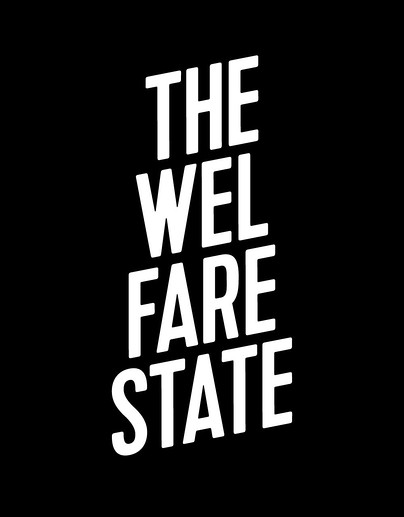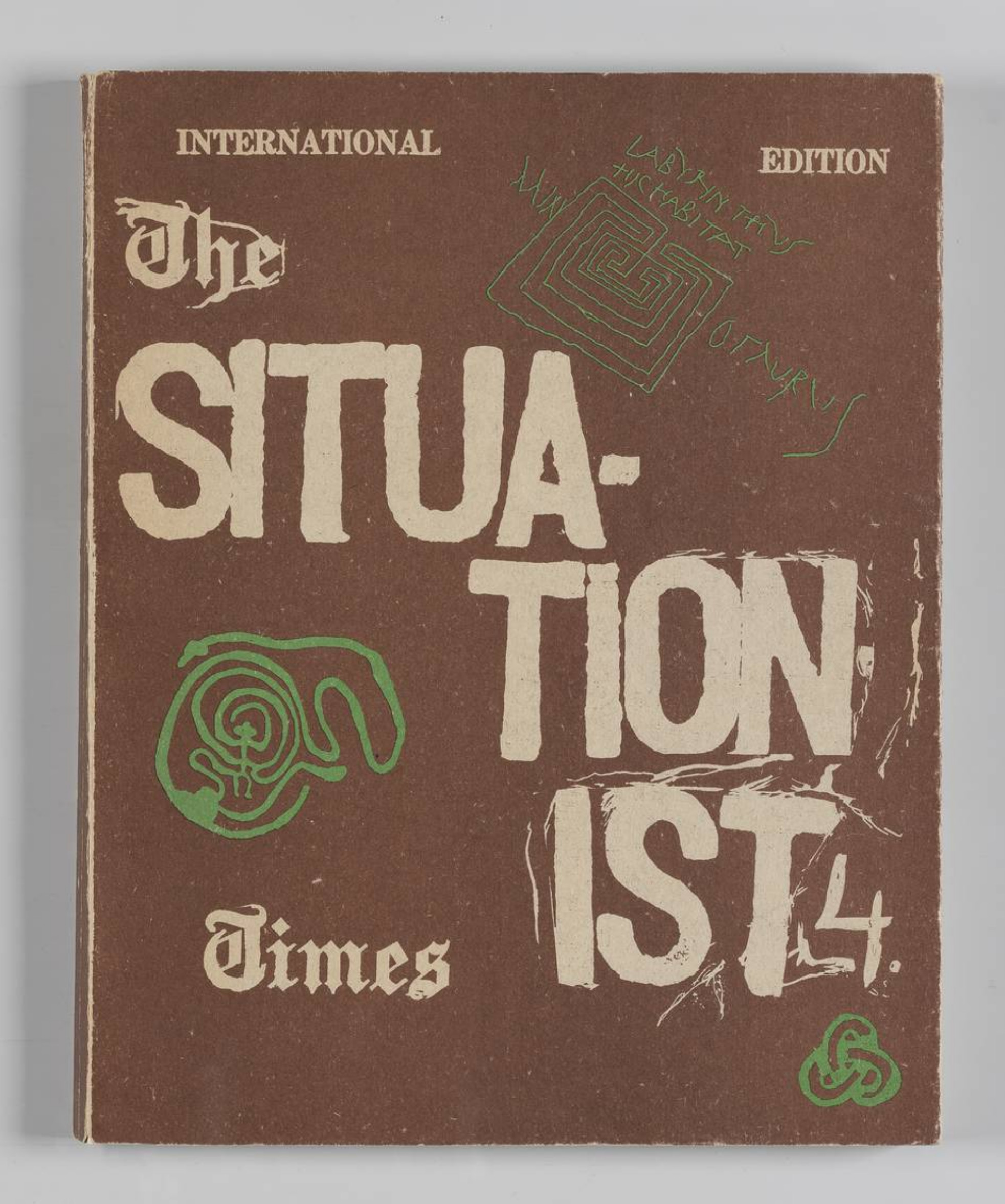Oz Magazine (1963-73)
Filed under magazine | Tags: · cartoon, censorship, counterculture, drugs, gender, hippies, humour, music criticism, politics, rock, satire, sexuality, underground


“Having outraged the Australian establishment with a satirical magazine called Oz, the editor and founder Richard Neville and artist and cartoonist Martin Sharp hightailed it to swinging London. They immersed themselves in the alternative culture of artists, activists, writers and musicians who operated underground of the mainstream.
This underground fuelled by the optimism and excitement of the time and financed largely by the rock aristocracy and dope dealing wanted to change the world. Richard Neville relaunched Oz magazine in the same satirical style as the Australian version, it was not long before L.S.D. altered minds and Oz exploded into a riot of colour and along with the already existing IT newspaper became a mouthpiece for the underground. Oz lasted for 48 issues from the start of 1967 to the end of 1973.” (Source)
“Oz was a focal point for many confrontations between progressive and conservative groups over a range of issues including the Vietnam War, drugs, the generation gap, censorship, sexuality, gender politics and rock music, and it was instrumental in bringing many of these concerns to wider public attention. Above all, it focused public attention on the issue of free speech in democratic society, and on how far short of the ideal Australian and English society actually was at that time.
Through both its lives, the two key figures in Oz were Neville and Sharp, but the ‘honour roll’ of Oz alumni includes many famous names like Robert Hughes, Richard Walsh, Germaine Greer, Jim Anderson, Felix Dennis and Charles Shaar Murray.” (Source)
Published in Sydney, 1963-69, and London, 1967-73
PDFs of Oz’s precursor, The Arty Wild Oat (2 issues, 1962)
PDFs of Sydney version (42 issues)
PDFs of London version (48 issues)
OZ & Yellow House Collections, gallery (1960s-70s)
Anders Kreuger (ed.): The Welfare State (2015)
Filed under catalogue | Tags: · art, labour, politics, welfare state

“The welfare state is an abstract notion. But also very concrete. Political, but also bureaucratic. What does it have to do with art?
The welfare state operates with regulations, rights and obligations that apply to everyone in the same way, requiring individuals to identify themselves as members of society first and foremost. In this sense, the welfare state is the antithesis of art. Many artists support the welfare state in both theory and practice, and they are fascinated by rules as such, but they have little interest in following rules formulated by others than themselves..
The welfare state is an emancipatory political project, although it was first invented as a way of keeping class struggle and revolution at bay. It is hard to disassociate the European welfare state from the darker elements of recent history, such as militarism, colonialism and the degradation of the natural environment. Yet the welfare state, as a model for social cohesion and political stability, is now gaining ground in new parts of the world, notably in East Asia.
The exhibition The Welfare State does not look back with nostalgia at the welfare state in its ‘classical’ form as a utopian blueprint for an egalitarian (and homogenous) society in postwar Western Europe. It does not invite artists to ‘illustrate’ political and social engagement. But it does ask some fundamental questions. What is the ‘imaginary’ of the welfare state? Does it have a ‘form’? Can it be ‘shown’?”
Contributions by Stephen Willats, Josef Dabernig, Róza El-Hassan, Francisco Camacho Herrera, Anne-Mie Van Kerckhoven, Artūras Raila, Kajsa Dahlberg, and Donna Kukama.
With an introduction by Anders Kreuger
Publisher M HKA, Antwerp, 2015
ISBN 9789072828521
139 pages
PDF (11 MB, updated on 2020-10-19)
EPUB (22 MB, updated on 2020-10-19)
The Situationist Times, 4-5 (1963-64)
Filed under magazine | Tags: · art, politics, situationists, spectacle


“The Situationist Times was an international, English-language periodical created and edited by Jacqueline de Jong, of which six issues were published between 1962 and 1967. A radical compendium using such Situationist tactics as détournement and a printed form of dérive, the journal included essays, artwork, found images, and quotations concerned with such issues as topology, politics, and spectacle culture.” (Beinecke’s Postwar Culture)
“In 1959 Jacqueline de Jong became involved with Danish artist Asger Jorn. Through him she became involved with the Gruppe Spur, the German section of the Internationale Situationniste. Meeting Guy Debord in 1960 in Amsterdam.
Jacqueline de Jong had in 1958 become acquainted with the artist Constant and other Dutch members of the Situationist International – Armando and the architect Har Oudejans – while working for the Stedelijk Museum in Amsterdam. From 1957 until 1962 the role of the artists in the S.I. was of great significance, particularly Jorn and Constant, the Belgian Maurice Wijckaert, the Italian Pinot Gallizio, German “Gruppe Spur”, Jacqueline de Jong, the Brits Ralph Romney and Gordon Fazekerly, and the Scandinaians Ansgar Eelde, J.J. Thorsen, Jørgen Nash.
In 1960, there was a conflict between Debord and the Dutch section after being expelled, Debord to write to her: “La Hollande est à vous”.
In Paris, in February 1962, Jacqueline de Jong was herself expelled after defending the Gruppe Spur. Who had been expelled earlier. In May that year she launched the magazine The Situationist Times. The first two issues were edited with Noel Arnaud. The launch of the Magazine had been announced and agreed upon at a meeting of the S.I. in Brussels the previous year. The students uprising in Paris May 1968 was supported by Jacqueline de Jong with posters.” (CCIndex)
Number 4 deals with labyrinths and Number 5 takes up the theme of rings and chains.
Edited and published by Jacqueline de Jong, Paris, Oct 1963 & Dec 1964
Printed in Copenhagen
184 & 219 pages
Number 4 (PDF, 33 MB)
Number 5 (PDF, 47 MB)
See also research notes for SI4 and maquettes for SI5 at Beinecke.
The full run is available on Monoskop wiki. (added on 2021-11-1)

